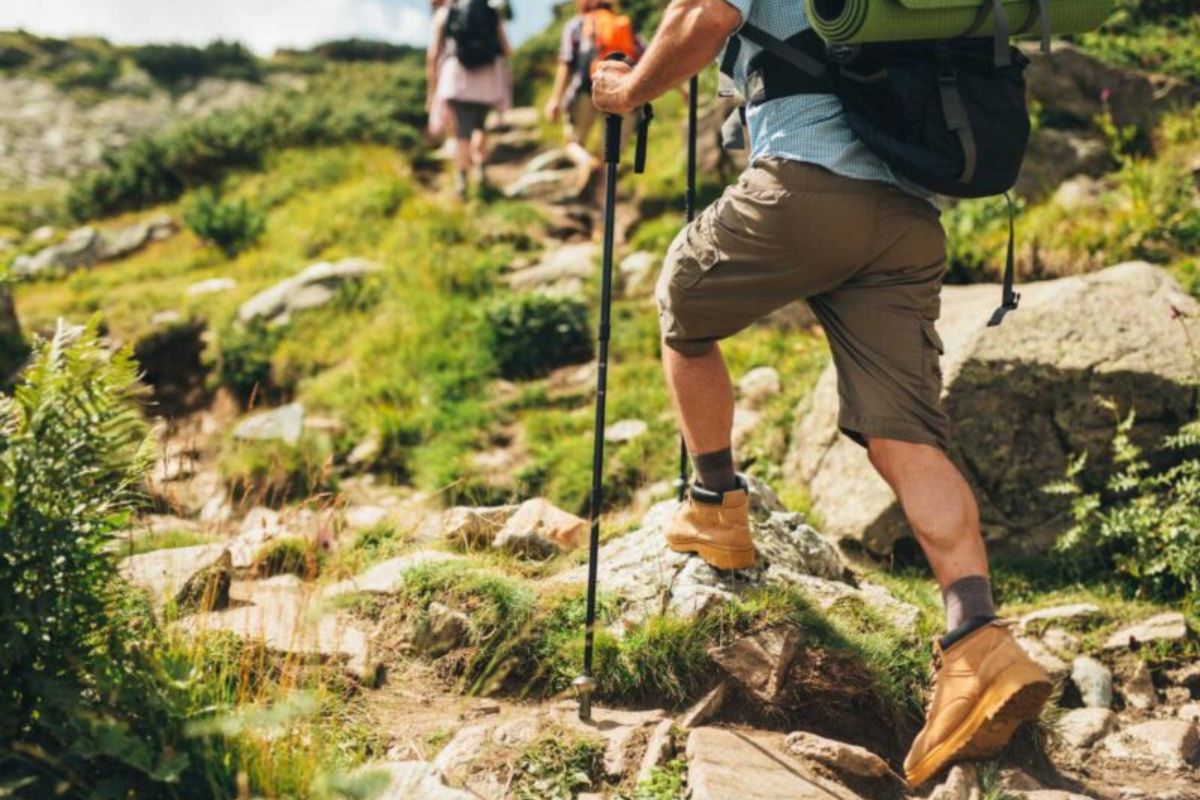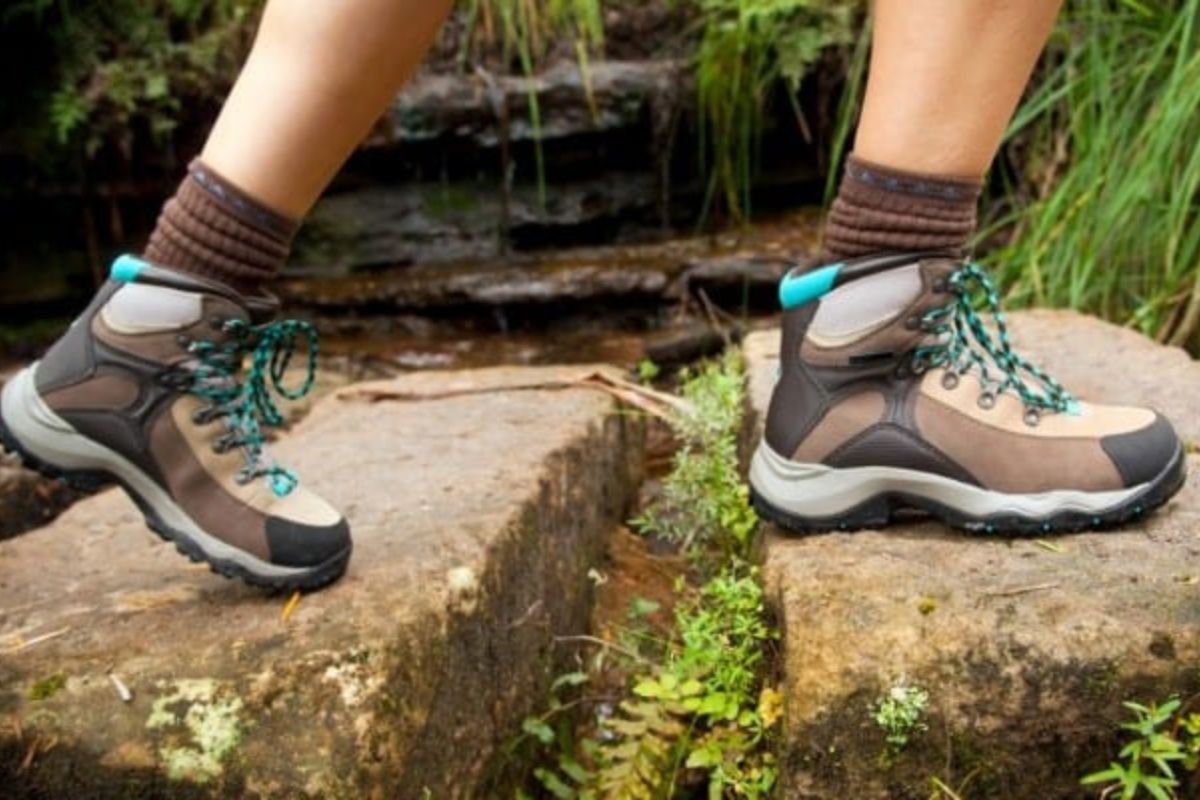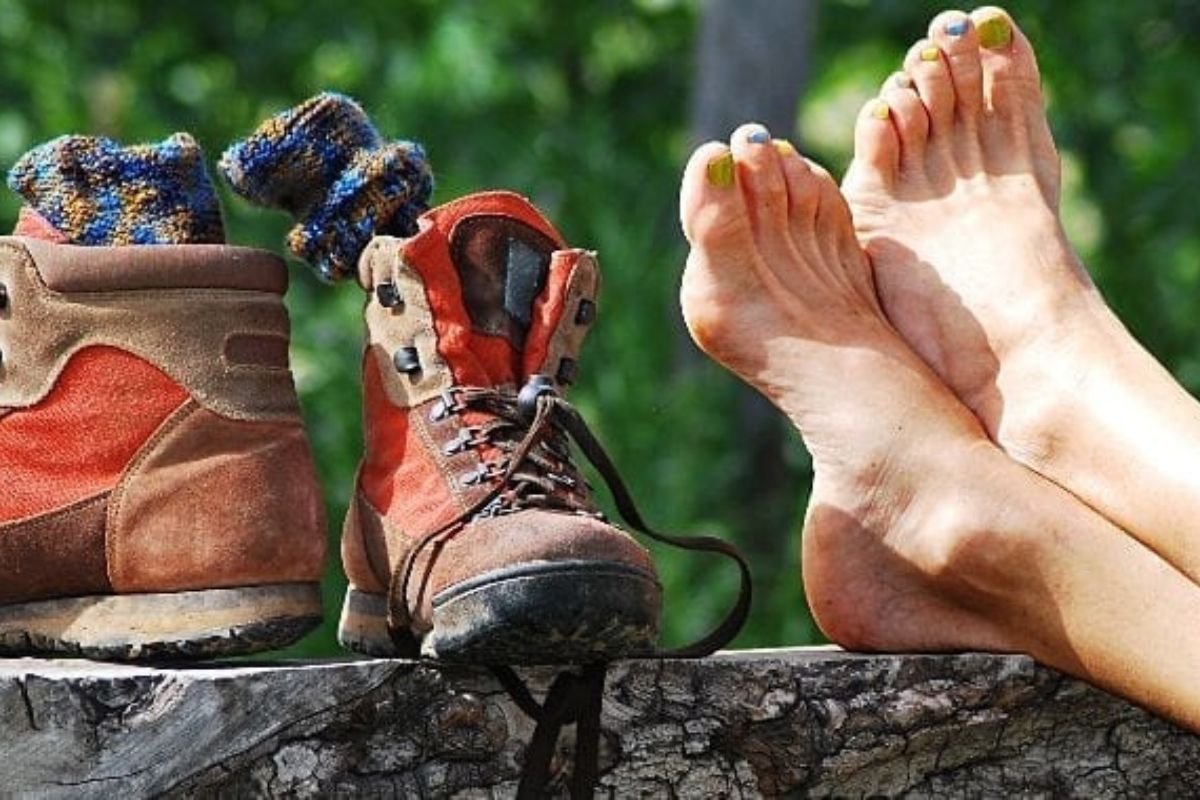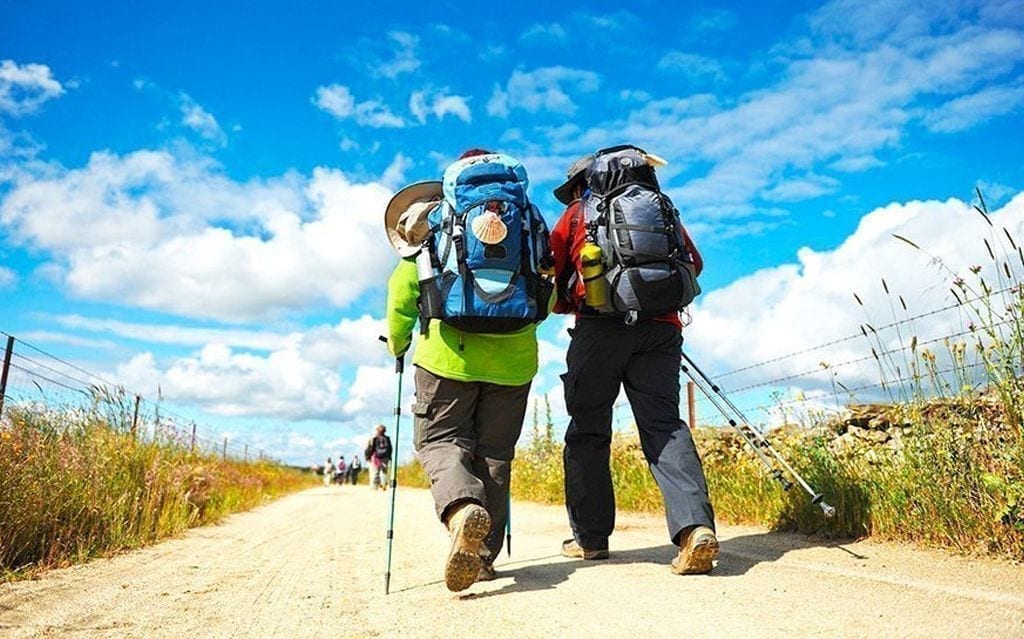When thinking about your wonderful journey on the Camino de Santiago, there’s a crucial element that will serve as your primary tool as a walker: your feet. During the Camino de Santiago, your feet will be your best allies, but they can also become your worst enemy if you don’t take the proper precautions. Yes, we’re talking about those infamous blisters, which for many pilgrims are unwelcome companions that can appear at any moment. There are ways to prevent or minimize them, and one of them is to use blister-resistant socks. While they’re not miraculous, they can help significantly, which is why in this article we want to talk to you about the best anti blisters socks.
Why are blister-resistant socks important on the Camino de Santiago?
Consider that, every day, and at all hours, our feet are bearing our weight. If you’re on a Jacobean route, they’ll be constantly in motion and stepping on different types of terrain. During stages of 20 to 25 km, the moisture from sweat and constant friction can lead to blisters.

On the Camino, it’s essential to prevent blisters on your feet
Blisters are fluid-filled sacs that form on the upper layer of the skin due to repetitive friction and pressure. When you walk long distances, your feet can rub and chafe, creating painful blisters. These blisters can hinder your ability to continue walking, which can be prevented by using anti blisters socks, which have specific features.
What features should the best blister-resistant socks have?
Fortunately, there are socks designed specifically to help prevent blisters and keep your feet in optimal condition during the Camino de Santiago. Here are some key features to look for when choosing the best blister-resistant socks:
- quality material: opt for socks made from breathable and moisture-absorbing materials, such as cotton or merino wool. These materials will help keep your feet dry and reduce friction;
- strategic padding: anti bisters socks often have padded areas in the most blister-prone areas, such as the heels and toes. This padding provides an additional layer of protection and reduces pressure on those sensitive areas;
- flat seams: raised seams can cause rubbing and blisters. Make sure the socks have flat seams to avoid any additional friction;
- ergonomic fit: it’s crucial that the socks fit properly on your feet, avoiding folds or wrinkles that may cause discomfort or rubbing.

Using blister-resistant socks can prevent disappointments for the pilgrim
How to take care of your feet along the Camino
It is very important to avoid blisters during the Camino de Santiago: taking care of your health comes first, and your feet suffer the most. To properly care for them, in addition to anti blisters socks, we recommend:
- don’t wear new footwear: your boots or sneakers should have been previously worn;
- apply vaseline: before starting the stage, to prevent chafing;
- carry Compeed in your first aid kit: use it as soon as you notice chafing, so it doesn’t worsen; also, carry disinfectant and a needle to treat blisters;
- avoid sprains: protect your ankle with ankle braces and take steep descents slowly;
- take the breaks you need: resting your body and your feet during the stage is the best gift you can give yourself.

Giving your feet a break is one of the best cares
If a blister appears, but it’s not very painful, don’t touch it, as the skin is the best barrier to prevent infections. If it’s painful, you can drain the blister of any possible pus that has formed:
- wash your hands and the blister, and disinfect it externally with iodine;
- clean a needle with alcohol;
- puncture the blister in different places to drain it;
- don’t remove the skin, and cover it with a dressing;
- monitor it, and when the skin is dead, remove it and disinfect and cover it again;
- in case of complications, see a doctor.
Blister-resistant socks aren’t magic
One of the problems with marketing is that it undoubtedly exaggerates the benefits of what is being sold. In fact, the anti blisters socks term gives the sense that these socks will prevent blisters, which is false.
Blister-resistant socks aim to make it more difficult for blisters to form, but this doesn’t mean they won’t appear. They will appear less, yes, but they don’t work magic: remember that. For a good experience on the Camino de Santiago, and to avoid making mistakes that affect our health, it’s best to prevent and equip ourselves properly.




Leave A Comment